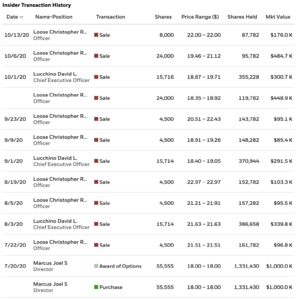- Feb 14, 2020
- 1,630
- Tinnitus Since
- 1-2019
- Cause of Tinnitus
- 20+ Years of Live Music, Motorcycles, and Power Tools
In the Phase 2A, up to 4 shots are being tested. However, it is one injection per week, over a 4-week period. As mentioned by Carl LeBel @ Frequency Therapeutics, they are hypothesizing one or more may happen with multiple dosing:Can anyone comment on the above?
A. Continued improvements in the same region as the first injection. So, 8 kHz+ show greater improvement per injection.
B. Greater response across the patient population. More injections = more chances for some to meet the "average."
C. The drug gets pushed deeper into the cochlea. Each injection moves a little further, producing improvements below 8 kHz.
D. Any combination of A, B, and/or C.
EDIT:
I would like to add an "E" option as well. As, I presume Frequency Therapeutics may continue a second "long-term/durability" study on participants that received FX-322 in the Phase 2A.
E. The long-term word score remains higher due to increased dosage.
I would hypothesize that if multiple doses FX-322 can create any of the combinations of A,B, and or C. That word score and audiograms may continue to be stable for a longer period of time.
With the Phase 1/2, we know that the drug improved hearing above 8 kHz, and increase word score. For the most part, the benefit was retained up to two years. However, no hair cells were regenerated below 8 kHz, which are important for speech and word recognition, and as "original equipment" hair cells, likely continued to degrade, causing a slight reduction; as is seen in the charts.
It would be interesting to see at 2-years out, if the multiple injections reinforced greater durability as represented by increased word score or consistently improved audiogram.
I'm sure they've already thought of this...

 Member
Member